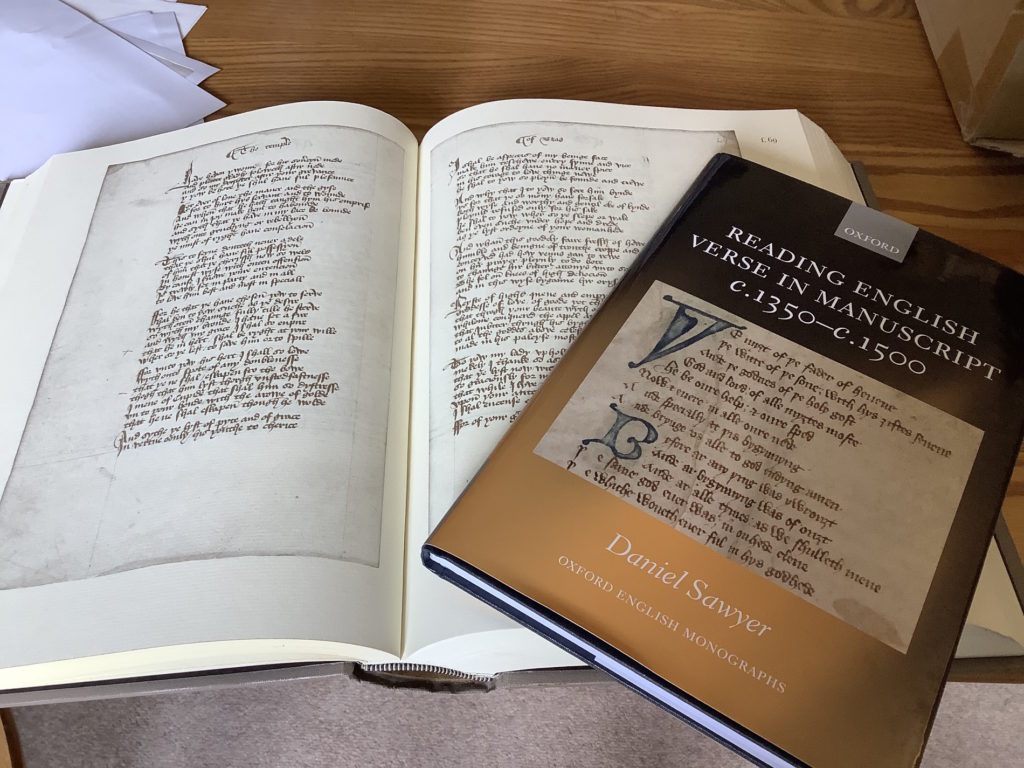
I don’t normally find myself writing about Thom Gunn’s poetry. But I like Gunn, and while reading The Man with Night Sweats earlier this year I stumbled on a passage in ‘Lament’ which sounded insistently like the end of Pearl.
Could this be an allusion, or was my mind merely seeing Pearl everywhere? I tweeted, and friends agreed that there might be a there there. Looking more closely, I realised that ‘Lament’ displays some formal resemblances to Pearl too. It was time to write a note.
Leave a Comment
